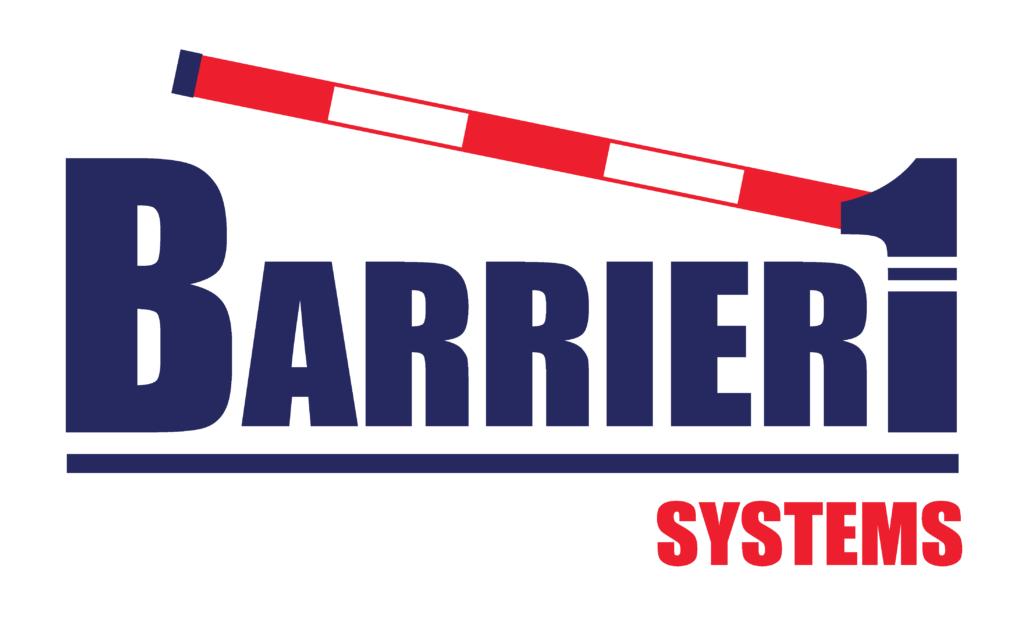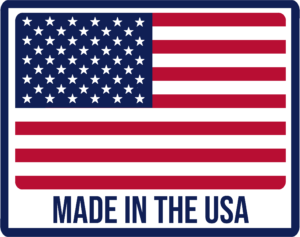
Average reading time: 5 minutes
Barrier1 Systems has been around for almost 20 years, and we produce net barriers, wedge barriers, drop and swing arms, and, of course, bollards. With so many products designed to protect, many of our customers wonder whether they should consider safety or high-security bollards.
This is why we’re going to cover everything you need to know about safety bollards in this article. Here are the questions we’ll answer:
- What is a safety bollard?
- What’s their value for a business?
- How are they best used?
What is a Safety Bollard?
Safety bollards are sturdy vertical posts designed to protect people, property, and equipment from accidental vehicle impacts. They primarily guard against low-speed collisions, helping to prevent damage to storefronts and pedestrian areas. High-security bollards, on the other hand, are built to withstand both accidental and intentional, high-speed crashes. With roughly 100 vehicle-building collisions occurring each day in the United States — totaling over 365,000 incidents a year — the need for effective barrier solutions is clear.
Bollards act as a protective barrier against vehicle crashes while maintaining open access for pedestrians. Designed like a “dotted line,” they create a secure perimeter without obstructing foot traffic. Here are some of their key benefits:
| Pedestrian and Business Protection | |
|---|---|
| Crash Test Standards | ASTM standards are commonly used to rate safety bollards, offering a standardized method for assessing crash resistance. The two main ASTM standards are:
ASTM F2656: Designed to test impacts from larger vehicles from 15,000 lbs to 65,000 lbs at speeds of 30, 40, and 50 mph. ASTM standards also measure penetration, which determines how far a vehicle extends past a safety bollard on impact. A rating of M30-P1 means a larger vehicle traveling at 30 mph is stopped with penetration limited to 1 meter. |
| Visual Guidance | Beyond preventing property or personal damage, safety bollards provide pedestrians with visual guidance—clearly marking boundaries between human and vehicle zones. |
| Vehicle Control | Bollards help direct traffic in shared-use areas like storefront driveways, campuses, and parking lots—providing clear boundaries for drivers while keeping pedestrians safe. |
| Aesthetic Design | Some safety bollards are designed to blend in, offering protection without looking industrial. Barrier1 offers concrete planters and thermoplastic covers that combine visual appeal with impact resistance. |
| Versatility | Bollards come in a variety of sizes and crash ratings. From low-speed impacts to high-speed threats, they are adaptable tools for access control and perimeter protection. |
The Role Safety Bollards Play in Protecting Your Business and Customers
In the United States, low-speed vehicle collisions are a frequent cause of property damage and pedestrian injuries. These incidents can occur from simple driver errors, such as pressing the accelerator instead of the brake or shifting into drive when intending to park.
Investing in safety bollards is a proactive way for businesses to help protect storefronts, property, and pedestrians from these unexpected accidents. Consider the following statistics when evaluating the importance of bollard protection:
| Key Bollard and Safety Data | |
|---|---|
| Repair price range of vehicle collisions with buildings | $2,000 to $15,000+, depending on severity and building type |
| Vehicle size ASTM F3016 bollards can stop | Vehicles of up to 5,070 pounds traveling at 10, 20, and 30 mph |
| Vehicle size ASTM F2656 bollards can stop | Vehicles of 15,000 to 65,000 pounds traveling at 30, 40, and 50 mph |
| Bollard industry growth | By 2030, the industry is expected to grow by 76.92% |
| Height range of a Barrier1 safety bollard | 36” to 42” in height |
| Foundation depth of a Barrier1 safety bollard | 30” to 43” foundation depths |
| Number of injuries potentially prevented per year | 16,000 |
Materials Used in a Safety Bollard
At Barrier1 Systems, our safety bollards are constructed using durable, impact-resistant materials and installed with concrete foundations specified for strength and reliability. Each model is built with materials selected to meet specific design and safety standards.
The diagram below shows a top-down view of our Tomahawk S10 Storefront Bollard:

This model features a Schedule 80 steel pipe filled with 3,000 PSI concrete and is installed in a 3,000 PSI concrete foundation.
We also offer the Traffic Impact Bollard, which is constructed with a Schedule 40 steel pipe filled with 4,000 PSI concrete and installed in a 4,000 PSI concrete foundation.
Optimal Locations for a Safety Bollard
Safety bollards, unlike high-security bollards, are designed to prevent impact from smaller vehicles. For this reason, there are a few places to consider for their placements. Here’s a breakdown of a few optimal locations for a safety bollard. For reference, we also listed some ideal placements for high-security bollards.
| Ideal Placement for a Safety Bollard | Ideal Placement for a Security Bollard |
|---|---|
|
|
Barrier1 is Your Best Choice for Safety Bollards
Since 2006, Barrier1 Systems has been innovating in the bollard space. We offer two safety bollard models designed for a range of applications: the Tomcat Traffic Impact Bollard and the Tomcat S10 Storefront Safety Bollard. Both provide effective protection against accidental vehicle impacts, helping safeguard storefronts and pedestrians.
If you have questions about safety bollards or would like to schedule a consultation, please reach out at (336) 617-8478 or [email protected].

